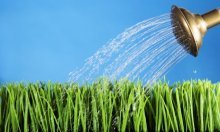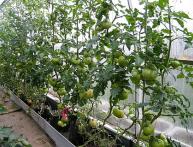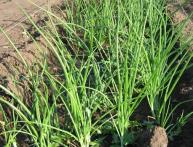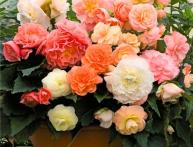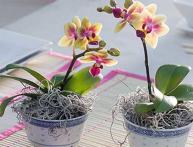How to best organize watering indoor plants
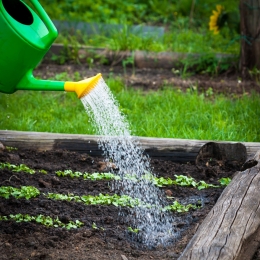
In order for indoor plants to grow well and delight with their flowering, they should be properly cared for.
Each plant requires a certain amount of moisture.
Therefore, a novice gardener needs to know how to properly carry out watering indoor plants.
Content:
- Types of plants and their watering
- How often to water indoor plants
- Watering methods
- Improper watering: signs and their elimination
Types of plants and their watering
All indoor plants can be divided into 3 groups according to the amount of moisture consumed:
- Flowers that require abundant watering: azalea, calamus, cyperus, begonia, ficus, etc.
- Plants that need moderate watering: dracaena, palm, chlorophytum, columna, asparagus, etc.
- Flowers that need to be watered rarely: cactus, gloxinia, Crassula and etc.
- Many succulent plants do not need watering during the winter. In the warm season, they are watered moderately.
Plants with a strong root system that grow in clay pots and have large drainage holes require a lot of watering.
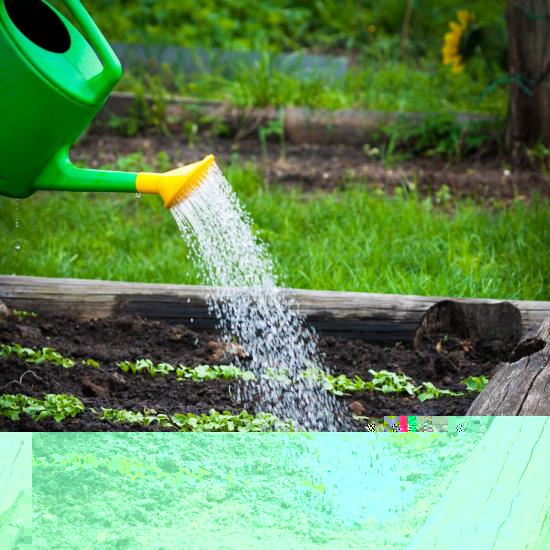
Abundant watering should be done during flowering and growth. Plants that are located in a room with warm and dry air need a lot of moisture.
Watering of plants should be reduced during the dormant period, as well as if the plant is in a cool room.
If there are no holes in the bottom of the pot, in a non-porous container, watering of the plants should also be reduced in rainy summer weather.
To organize watering indoor plants, you need to take settled tap water. It is not recommended to use boiled water, as it contains little oxygen. When watering, take into account the hardness of the water.
It is advisable to water with soft water: melted snow, rainwater.
Before the procedure, collect water in a container and leave it overnight without covering it with a lid. Water the flowers with cool water at room temperature.
In a state of rest, when the physiological processes of the plant are suspended, water it should not be watered.
How often to water indoor plants
To determine whether a plant needs to be watered, several manipulations can be performed.
If upon inspection the soil looks like dust, then the plant urgently requires moisture. Another way: dip your fingernail into the soil. If there are no signs of moisture, then the plant should be watered.
The frequency of watering depends on the time of year, the conditions in which the flower is located, and the distinctive features of the plant itself.
During the hot season, the plant should be watered about 2-3 times a week in the evening. In winter, watering should be done less often and only in the morning.
If there is a large amount of heat and light in the room, then the plant’s need for moisture increases. Plants growing in plastic containers need to be watered more often than flowers in ceramic pots.
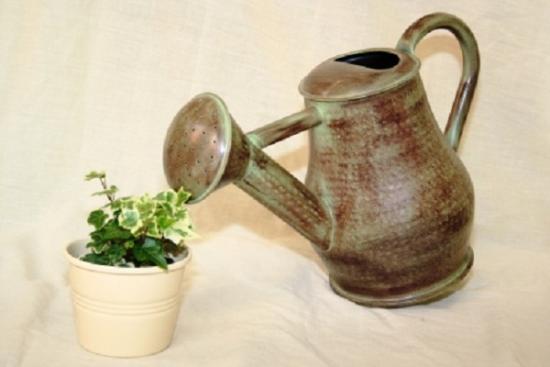
Indoor plants with thin leaves should be watered more often. Plants with wide, large leaves, as opposed to plants with thick, fleshy leaves, need frequent watering.
To determine more or less watering of plants, it is necessary to take into account various factors: temperature and water quality, watering regime, etc.
Watering methods
Watering plants can be done in two ways:
- immersion in water
- watering from a watering can
The method of immersion in water is used quite rarely, as it takes time to complete this procedure. But there are plants for which this watering method is optimal.
Among such plants are gloxinia and saintpaulia. When moisture gets on the leaves of these plants, it has a detrimental effect. You need to immerse the pot in a container of water and leave it for a while. When the soil in the pot begins to shine, you can remove it.
The easiest way to water is from a watering can. You need to purchase a watering can with a long and thin spout. It should be lowered to the edge of the soil.
This is done to prevent water from getting on the leaves. The spout of the watering can should be lowered as low as possible to the very edge of the pot.
Watering from a cup or other round container is not recommended, as water flows out in large quantities, which negatively affects the plant.
It is necessary to ensure that water when watering does not erode the soil or get on the rhizome and bulb of the plant.
During dormancy, the plant should water until water appears in the pan. After half an hour it can be removed.
It is important to monitor and not allow the soil to become waterlogged or dry out.
If the sun's rays fall on the plant, then spraying the leaves and watering the flower is not recommended.
This may cause burns. Some plants that have hairs on their leaves do not need to be sprayed. Such plants include pelargonium, siningia, Uzambara violet, etc.
Improper watering: signs and their elimination
If watered incorrectly, the leaves of a houseplant may wilt or even fall off.
Excess moisture in the ground will be indicated by stagnation of water in the pan. To eliminate it, remove the earthen lump and absorb the moisture with paper. Then place the plant in a warm place so that the soil dries out.
The main signs of lack of moisture: soft and drooping leaves of plants, buds and flowers wither and fall off.
When overmoistened soil You may notice yellowed areas on the leaves. The tips of the leaves turn brown.
At the same time, plant growth slows down. Mold can be found on the soil surface and a gray coating on the stems.
With proper watering, indoor plants will delight you with their flowering for a long time.
Video about do-it-yourself drip irrigation:
Interesting information about the vegetable garden


